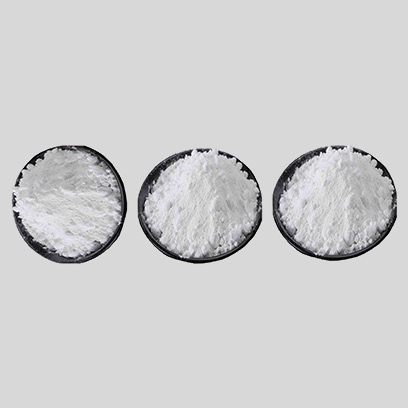
Nov . 24, 2024 23:20 Back to list
types of titanium dioxide manufacturers
Types of Titanium Dioxide Manufacturers An Overview
Titanium dioxide (TiO2) is a widely used white pigment in various industries due to its exceptional brightness and opacity. It is found in products such as paints, coatings, plastics, paper, and even food items. As the demand for TiO2 continues to grow globally, so does the number of manufacturers specializing in its production. This article explores the different types of titanium dioxide manufacturers, their processes, and the market dynamics shaping this industry.
1. Types of Titanium Dioxide
Titanium dioxide is primarily produced in two different crystalline forms rutile and anatase. The choice between these forms significantly influences the manufacturing processes and applications
- Rutile Titanium Dioxide This form is known for its superior durability and opacity, making it the preferred choice for applications in paints and coatings. Rutile is also more resistant to UV light and corrosion, which is essential for outdoor applications.
- Anatase Titanium Dioxide Anatase has a lower opacity compared to rutile but offers advantageous properties for certain applications, such as photocatalytic activity and specialized coatings. Due to its ability to decompose organic materials when exposed to light, anatase is preferred in environmental applications, including air and water purification.
2. Manufacturing Processes
There are primarily two methods of producing titanium dioxide the sulfate process and the chloride process
.- Sulfate Process This method involves treating titanium ore (usually ilmenite) with sulfuric acid to produce titanium dioxide. It is known for producing both rutile and anatase grades of TiO2 but often results in higher production costs and increased waste byproducts. Manufacturers adhering to this process must invest significantly in environmental management practices to mitigate pollution.
- Chloride Process This more modern and efficient technique involves the use of titanium tetrachloride, which is produced by reacting titanium ore with chlorine gas. This process results in a purer product with fewer impurities and is primarily employed to produce rutile titanium dioxide. The chloride process is generally favored by manufacturers for its lower environmental impact and higher efficiency, but it does require a substantial capital investment.
types of titanium dioxide manufacturers

3. Types of Manufacturers
Titanium dioxide manufacturers can be categorized into several types based on their production capabilities, market focus, and technological advancements
- Large-scale Industrial Producers These companies operate extensive production facilities and focus on a wide range of TiO2 applications. They typically serve major sectors, such as coatings, plastics, and the cosmetics industry. Established players in this category often leverage economies of scale to reduce costs and gain competitive advantages.
- Specialty Manufacturers These firms focus on producing high-performance TiO2 products tailored for niche markets, such as electronics, advanced coatings, and biomaterials. Their advanced manufacturing techniques allow them to create customized solutions, often involving specialized research and development.
- Local and Regional Producers Smaller, local manufacturers may focus on serving regional markets. They often operate with lower production capacities and may not have the same technological capabilities as larger firms. However, they can be agile, responding quickly to local customer needs and market changes.
4. Market Dynamics
The titanium dioxide market is influenced by several factors, including global economic trends, environmental regulations, and technological advancements. With increasing awareness of sustainability, manufacturers are exploring eco-friendly production methods and the development of TiO2 products that meet stringent environmental standards.
Furthermore, the ongoing development in sectors like construction and automotive is driving demand for high-performance coatings, which, in turn, boosts the need for advanced titanium dioxide products. The rise of renewable energy solutions, such as photovoltaic cells utilizing anatase TiO2 for enhanced efficiency, also presents new opportunities for manufacturers in the industry.
Conclusion
The titanium dioxide industry is characterized by a diverse array of manufacturers, each tailored to meet various market needs through different production processes. As industries evolve and technology advances, the landscape of titanium dioxide manufacturing will continue to adapt. Understanding the types of manufacturers and their processes is crucial for stakeholders looking to navigate and capitalize on this dynamic market effectively.
-
Premium 6618 Titanium Dioxide for GPT-4 Turbo Applications
NewsJul.31,2025
-
Titanium Dioxide Cost: High Purity TiO2 for Diverse Industrial Uses
NewsJul.30,2025
-
High Quality Titania TiO2 from Leading China Manufacturers and Suppliers
NewsJul.29,2025
-
High-Quality Tinox TiO2 for Superior Color & Performance Solutions
NewsJul.29,2025
-
High Quality Titania TiO2 from Leading China Supplier & Manufacturer
NewsJul.29,2025
-
High-Performance r6618 TiO2 for Superior Whitening and Versatility
NewsJul.28,2025
